Pickle brine is not an insignificant substance.
According to Pickle Packers International, Inc., a trade association for the pickled vegetable industry, Americans consume more than 2.5 billion pounds of commercial pickles each year. Even before you start counting the ones we pickle at home, we’re still talking about 20 billion pickles annually, folks.
All of which have been sitting in a brine comprising some combination of water, salt, sugar and spices, a mixture most of us don’t think twice about dumping down the drain. Being resolute about using up used pickle brine across your culinary repertoire is a small, but significant, step to take for a greener new year.
Based on the eight jars of pickles in my cupboard, I estimate a quart jar can hold 10 large, 16 medium or 24 small pickles. Once the pickles, regardless of their size, are gone, each of the jars is left with 1¼ to 1½ cups of what you can now think of as liquid flavor.
You can drink it, especially before and after a tough workout, when it can help relieve muscle cramps (thanks to the sodium and vinegar) and help replenish electrolytes, which renders expensive, plastic-bottled, sugary sports drinks unnecessary. Given that it is the day after New Year’s Eve, I can also offer up pickle brine as a hangover cure.
If you are taking it straight up, sipping is the right approach. A big chug might not sit well in your tummy. You could always strain the brine into Popsicle molds and freeze it if you need to further monitor the speed at which you take it in.
Pickling expert Marissa McClellan, who wrote “Food in Jars,” “Preserving by the Pint” and “Naturally Sweet Food in Jars,” says you can use spent pickle brine to make more pickles – but only if you are making a batch of refrigerator pickles. And we’re not just talking about cucumbers; you can quick-pickle sliced red onions, grated carrots, hard-boiled eggs, garlic, artichoke hearts or any other soft vegetables. McClellan warns that once a brine has been processed in either a water bath or a pressure canner and has sat in a jar on the shelf with a batch of pickles submerged in it, the acidity of the brine will not likely be high enough to make a new batch safe to store unrefrigerated.
Cathy Barrow, whose book “Mrs. Wheelbarrow’s Practical Pantry” guides cooks through sundry ways of using every bit of the canned goods in your larder deliciously, suggests using pickle juice to brine chicken. A basic brine – essentially a salt-and-water solution with optional flavorings – tenderizes meat and allows it to absorb the flavored liquid. If you want to cut the sourness, add a little brown sugar. If you want only a hint of pickle, cut the brine with an equal amount of water.
You can use pickle brine anywhere you’d use vinegar, such as salad dressings, marinades and barbecue sauces. You can use it – albeit in shorter measure – in a dirty martini instead of olive juice or to tart up a Bloody Mary, swapping out the celery garnish for a pickle spear, of course. And you can use a dash of pickle juice anywhere a heavy or flat-tasting dish need a bit of zip – like when you’re boiling a pot of potatoes, mixing up meatloaf, baking macaroni and cheese, steaming vegetables or making hummus.
The one Internet-fueled idea I found hard to swallow was using pickle juice to make bread. The recipes I read recommended a 1:1 swap with warm water used in standard bread recipes. I wasn’t thrown off by the potential taste – I thought that would be great – but I worried the acid would diminish the bread’s rise. In fact, it doesn’t. My homemade pretzel dough rose to twice its size in the expected 90 minutes. And the finished product was soft, chewy perfection with a pleasing tang that allowed me to forgo my usual mustard on the side.
Christine Burns Rudalevige is a food writer, a recipe developer and tester and a cooking teacher in Brunswick. Contact her at: cburns1227@gmail.com.
Copy the Story Link
Send questions/comments to the editors.

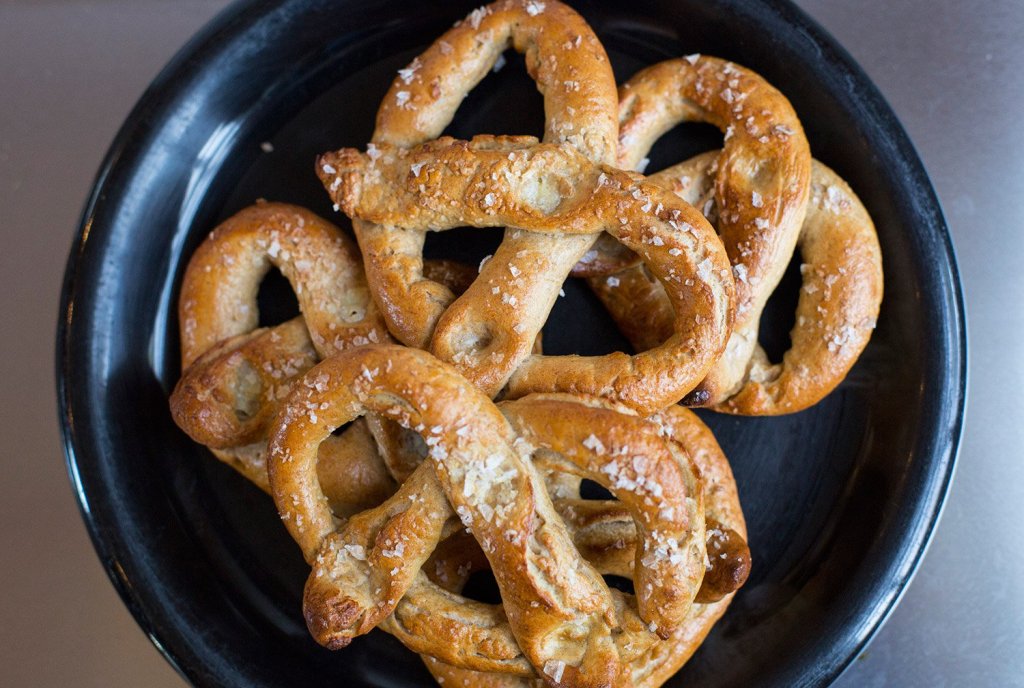
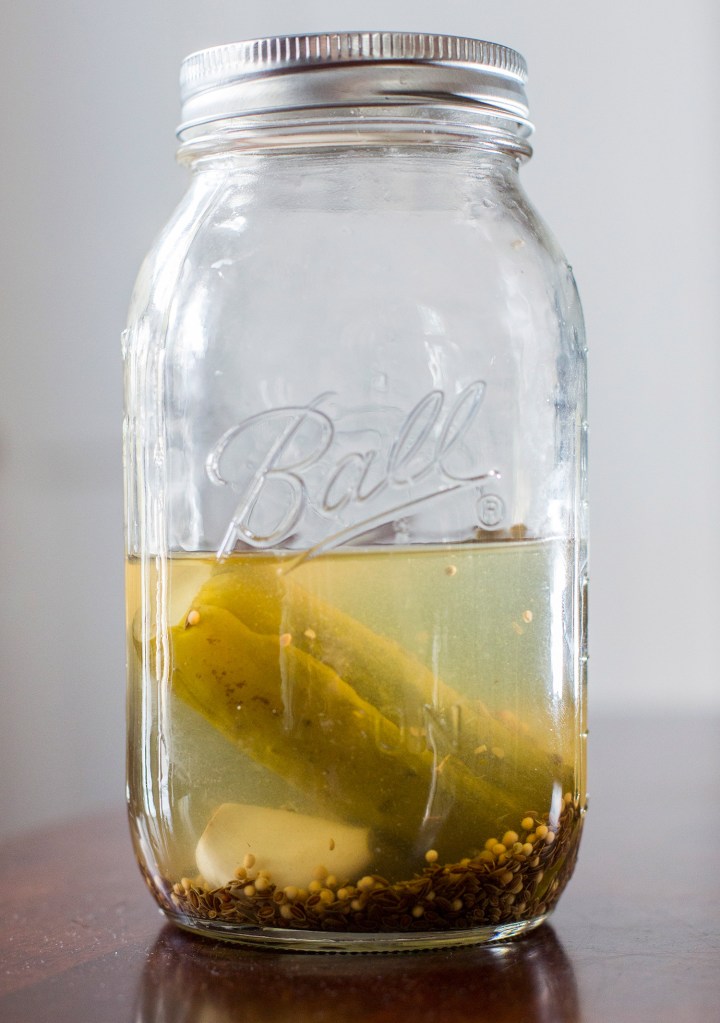
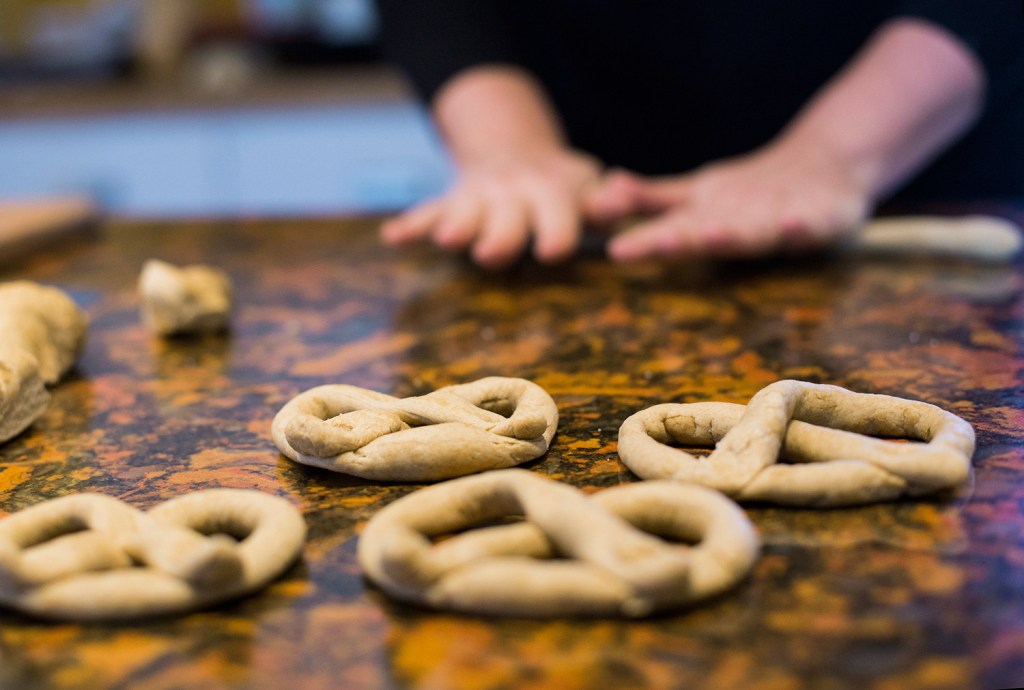
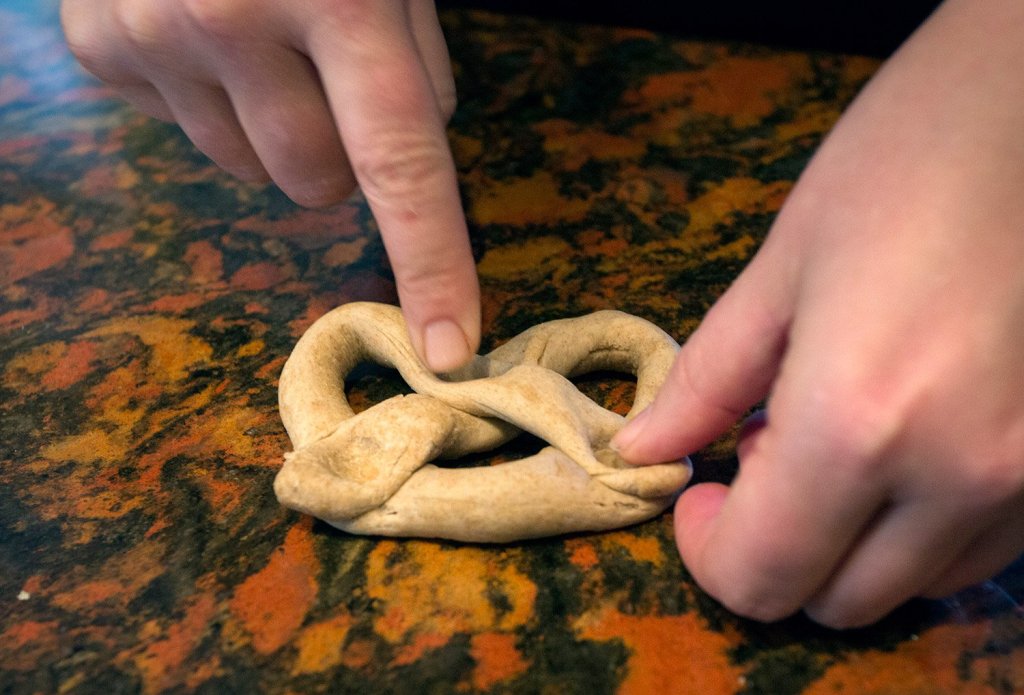
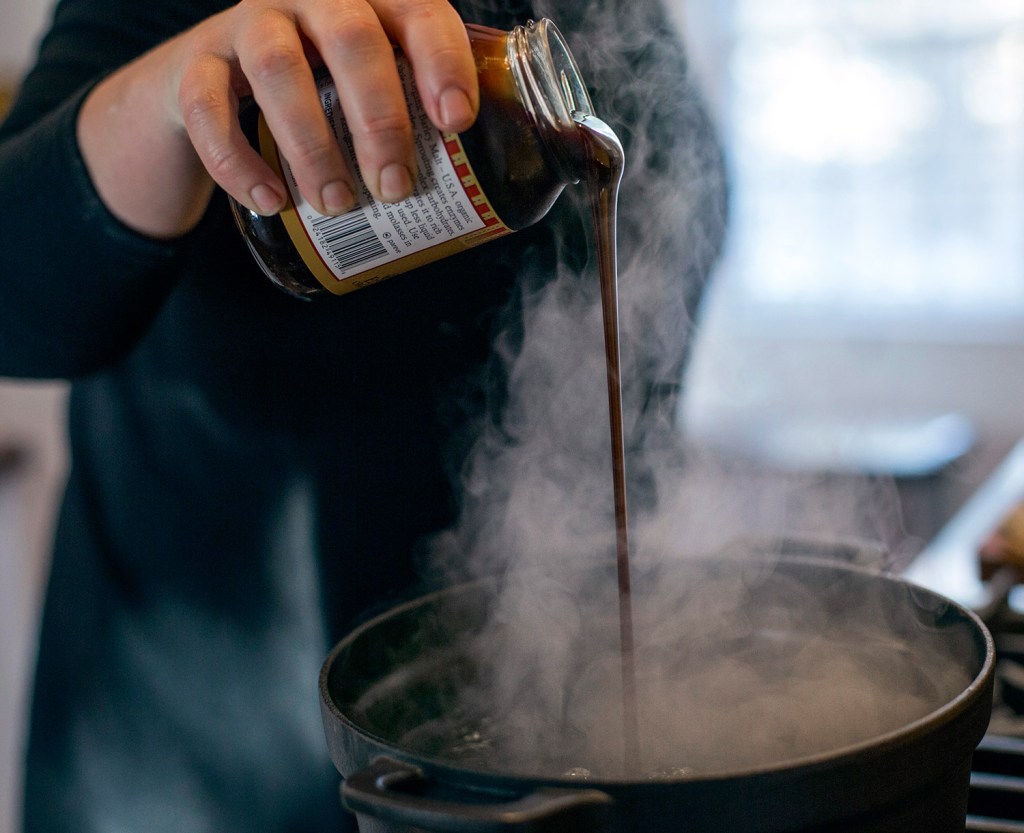
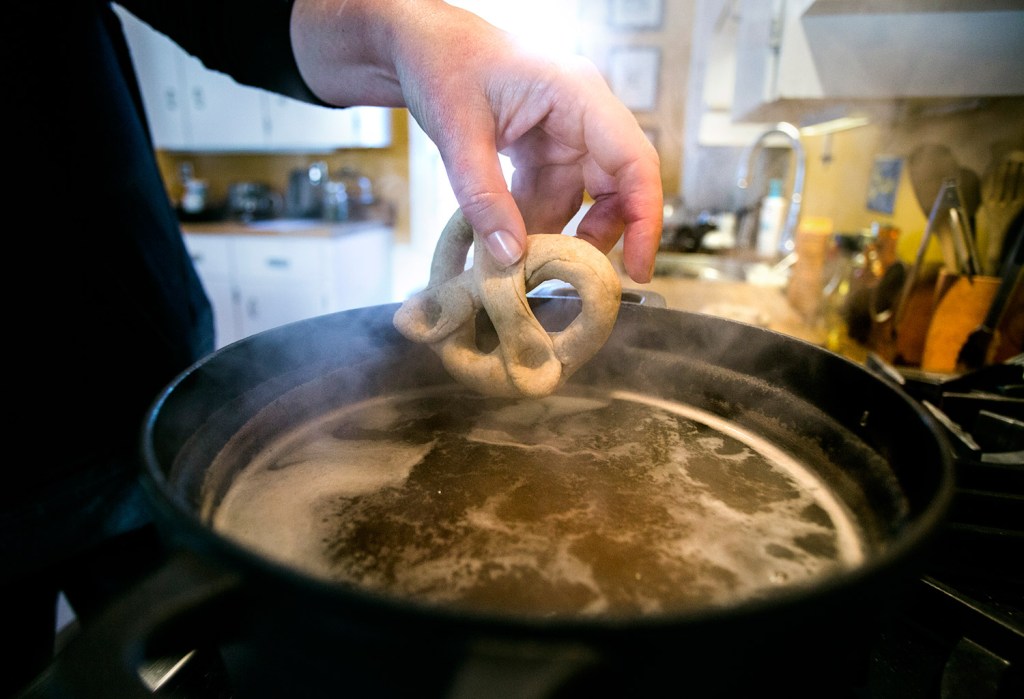

Success. Please wait for the page to reload. If the page does not reload within 5 seconds, please refresh the page.
Enter your email and password to access comments.
Hi, to comment on stories you must . This profile is in addition to your subscription and website login.
Already have a commenting profile? .
Invalid username/password.
Please check your email to confirm and complete your registration.
Only subscribers are eligible to post comments. Please subscribe or login first for digital access. Here’s why.
Use the form below to reset your password. When you've submitted your account email, we will send an email with a reset code.